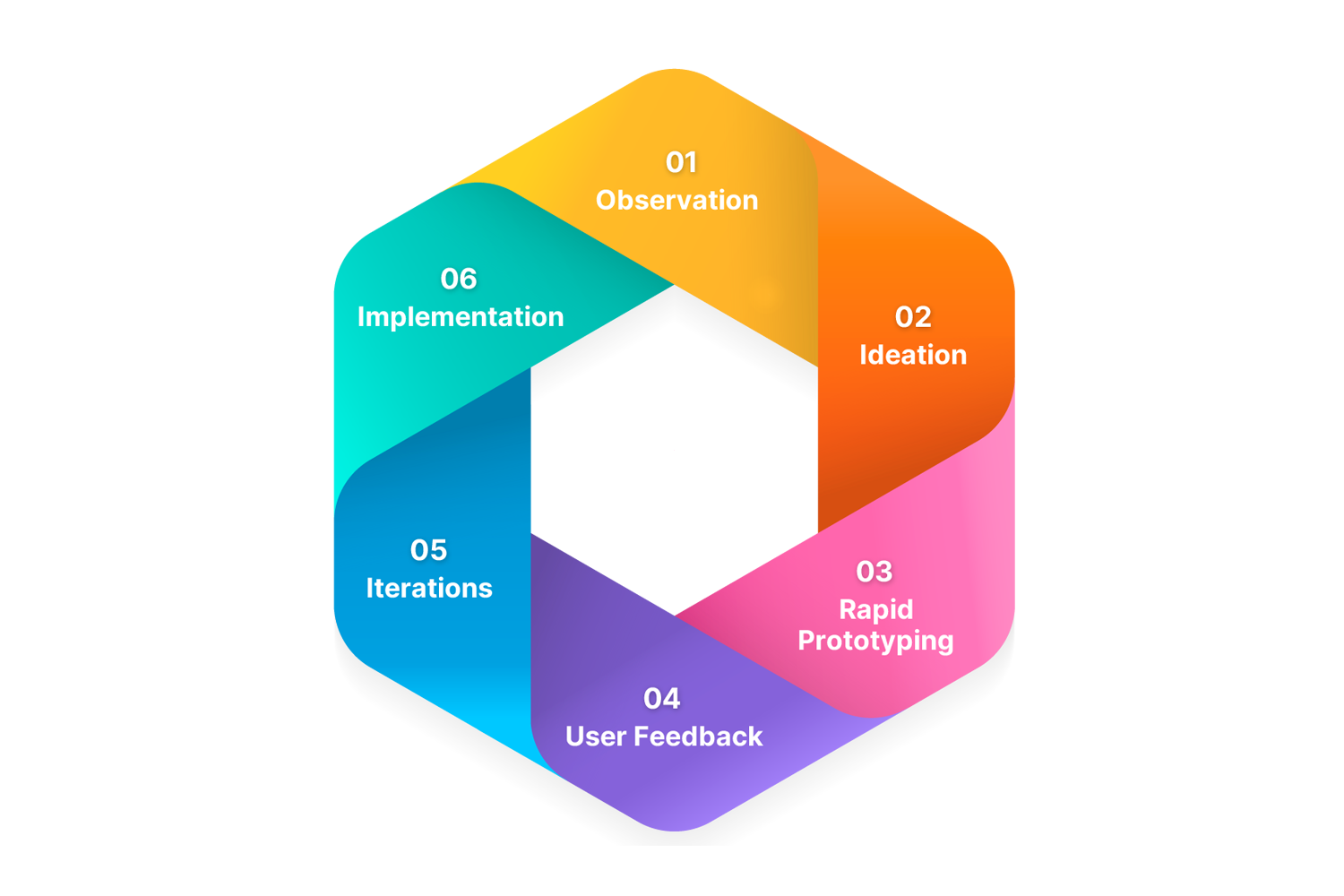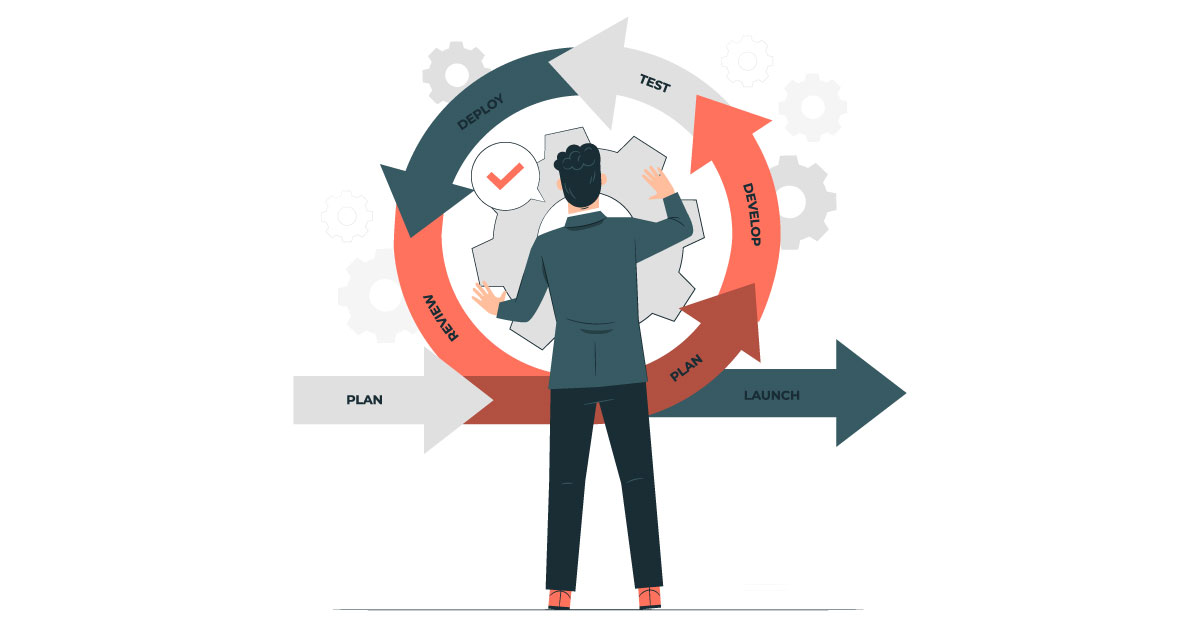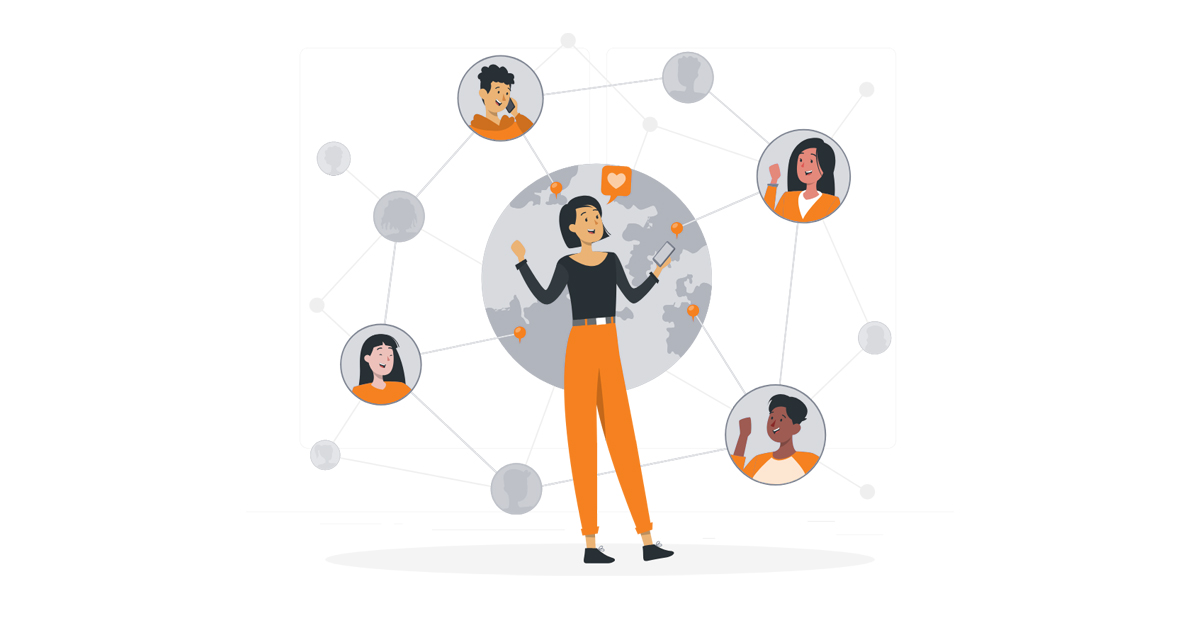Creating a software product or service is something that every IT start-up needs to go through during its product development process. But what are the prerequisites for developing a marketable product? In this blog, we are covering the different product development processes and the strategies that can lead your enterprise towards success!
Are you a start-up founder?
If yes, then we are assuming that you are leading your organization’s efforts in crafting a coveted service or product.
As the founder of a start-up, you would have the full responsibility of turning your idea into a successful business. Of course, this is a never-ending process, that would require you to constantly evolve your product to meet the demands of your consumer.
Did You Know? “From Harvard School of Business, Professor Clayton Christensen claims that almost 30,000 new products are launched into the market for customers’ attention each year.”
The concept of the product development process is a broader one and requires in-depth knowledge of the processes, framework, and strategies. Let’s put come concepts and premises together and understand the process of product development and the best strategies for it!
What is the Product Development Process?
Product development is the process of creating a new product right from the product idea to launch. If you are going to google, “Product Development Process”, you would find heaps of information defining the process in different ways. This is because different organizations follow different approaches to developing a product.
Although, we understand that product development does not need a formal introduction and a definition, here are two things that you should pay attention to, in regards to product development:
- The product development process is a cumbersome one; starting from idea creation, identifying the problem, creating a solution to solve it, researching & planning, and a lot more.
- The product development process is an ongoing process, where-in you constantly update the product to match market requirements.
With that said, in the upcoming sections, we are going to give you a ride through the different processes that a start-up product development company follows!
The different Product Development Frameworks
Here are the three, most popular and most used product development frameworks that every start-up must know:
1. Stage-gate process

The stage-gate process which is also known as the New product development (NPD) process was developed by one of the industry pioneers, Dr. Robert G. Cooper. This process consists of the following processes that a start-up founder must follow:
- Starting with an idea
This is the first step of the stage-gate process, and as the name suggests, you have to come up with an idea for your start-up before you hop on to the product development process.
- Brain-storming & Idea screening
Screening out all the “bad ideas” is vital to allow yourself to focus on the ideas that are scalable and are going to deliver value. For an efficient idea screening process, you must come up with a set of criteria that you can follow to systematically determine what’s going on.
- Development and testing
This step initiates with concept development or startup MVP development, and once you have figured out the concept, you can test it in the target market. This stage is also known as the stage of “alpha testing”.
In this process, you can help your audience visualize your product by giving them a walk-through of the idea. The advantage of this is that you as well as your audience get a clear understanding of the idea.
- Understanding the analytics
Once these above-mentioned steps have resulted in a solid concept that has been tested, the next step of business analytics steps in. The business analytics process is all about marketing, branding, profitability, costing, pricing strategies, and much more. You would have to define a set of metrics to assess all these parameters.
- Marketability tests
Marketability tests, also known as “beta-testing”, are when you test your product in small private batches to get feedback on where your company is currently at. The information learned in this phase would guide you through the final development process.
- Product development
Here comes the process, we have been warming up for! Product development is all about developing the product you have researched up to now. Start with a prototype, test it and make all the changes that you require to win the market.
- Commercialization & Marketing
Commercialization is when you are entering the market with the full & final product. Commercialization is all about selling a product and keeping the entire process of technical support, product distribution, and advertisements in the loop.
- Feedback and Pricing
This stage helps you ensure that the price you set for your product is working well for your organization as well as for your audience. Take note of how much it is actually costing you to develop the product and then decide whether you want to adjust the amount you are charging.
In the end, keep reassessing your target market, and pricing models and adjust accordingly to rank well in the market. Continuously make improvements, even after you have finally developed the process.
2. Lean-startup process
This process was developed by Eric Ries to get the desired product to the customer faster. The entire idea of the process is to avoid getting into chaos and get to the market faster. This methodology emphasizes speed, and unlike the above-mentioned process, this is an easier one.
Let’s take a look at the build-measure-learn process:
- Developing the product
While building the future product, you need to focus on building an MVP prototype. The advantage of this is that you need not spend huge amounts of time and resources on costly market research and extensive planning.
- Measuring the analytics
In this step, the team gathers the information from the potential customers, after which that data is used to identify the problem areas that can help us focus on the improvement.
- Learning & Re-learning
This is the final step where the team’s assumptions for the product get compared with the actual data derived from the previous step. Then the team can decide whether to continue pursuing the development process from scratch, which process is better known as pivoting.
3. IDEO process

This process is given by a design firm named IDEO. Their process is more human-focused where-in the approach is used for problem-solving that starts with people, their views, and their pain points and ends with a solution.
The six phases of this process are:
- Observing the target audience
As evident from the name, this stage is about observing the target audience, absorbing what you understand, and always being open to creative possibilities. The goal is to better understand what you are designing, and who you are designing for. Understand the problem statement and develop your solution around that.
- Ideation
Ideation allows you to take what you have learned and brainstorm it to develop new ideas on how to address the problem. You can come up with as many ideas as you want and try your best to keep your audience’s interests foremost.
- Rapid Prototyping & MVP building
In this stage, you focus on building a prototype of your idea quickly without having to swirl down into the fancy details. The main goal of this phase is to develop a working prototype in the hands of the end-user.
- Collecting the user feedback
Feedback helps us to improvise. Gathering the feedback on your prototype allows you to better your product design, and understand if you are on the right track.
- Iterations
During this phase, you take the feedback on your prototype and make the required changes to your design. There are repeated iterations until you get the solution you want, and be market ready.
- Implementation of the final product
During the implementation process, you push your product to the market. If you are building the software or website, you continue the process again and again each time with new updates.
So, this was all about the product development frameworks that a start-up founder may look into and decide on their next product.
Although many of the pointers such as idea generation, MVP/Prototype development, feedback generation, and implementation are common to all the frameworks, still many organizations have their secret sauce to scale a product.
3 Important strategies for an efficient product development process
As previously learned, the product development process can take up many forms, but these processes are ideal and the same for all these frameworks:
1. Ideation
This is the first step of every product development framework. Idea generation is the stage of the product development process where-in you brainstorm all the ideas and screen the ones beneficial for you.
For effective idea screening, here are the steps that you must follow:
Understand the problem & target market
This is the initial stage, so you don’t have any idea of what you are building and how the end product would be. Understanding the pain points of the consumer would help you get better insight into your idea.
Also, you need to pay particular attention to your target market. They are mostly users or consumers of your product.
Research your competitors & Existing Solutions
Research the existing solutions and understand what your competitors are offering. Here are a few questions that would help you assess your situation better:
- What is your target audience and what are they currently doing to solve this problem?
- Do any similar products exist in the market?
- Who are your competitors, and how are they addressing these issues?
- What are the alternatives to your product?
2. Testing and Verification
Before going for the final launch you need to assess that your business idea actually viable. Understanding the people & their opinions help organizations better understand their customers.
Here are the two questions that you should find your answers to, during this process:
- Is your product working, as you planned?
- Is your product actually solving the customer’s problems and meeting their needs?
Taking your idea towards the development stage is a crucial step, involving a lot of parameters. But before you clarify an idea and research its market you would have to get it to your customers and understand what their opinions are.
3. Product Launch
The final step of every product development process is product launch. This is the stage wherein you bring your final product into the market.
In the entire process of product development, you focus on building your product to solve the pain points of your target audience, marketing the product, bringing it to launch, and then constantly improving your product to match the market needs.
Here are some imperative points that would guide you through this process:
- Engage in marketing, to make your audience aware of your product. As a founder, you must guide your marketing practices to allow your team makes strategies around them.
- Listen to your consumers throughout the process, and remember that your journey isn’t going to end when you are launching the new product.
- You may also need to circle back to your initial product development process to repeatedly make improvements based on consumer feedback, changes in consumer needs, and market demands.
So, this was everything you need to know to develop your product, enter the market and then ace the competition. Although as a founder your responsibilities range beyond the standard product development process, setting a common goal to which you and your team can move in unison is the basis of all.
To ease the responsibilities on your shoulder, you can also rely on a suitable SaaS product development company that can help you get better insights and make your products successful.
Let’s start building your product, today!
Summary
Kickstart Your Project With Us!
Blog
Popular Posts
CONTACT US
Let's Build Your Agile Team.
Experience Netsmartz for 40 hours - No Cost, No Obligation.
Connect With Us Today!
Please fill out the form or send us an email to
 Don't Miss Out:
Don't Miss Out: 







